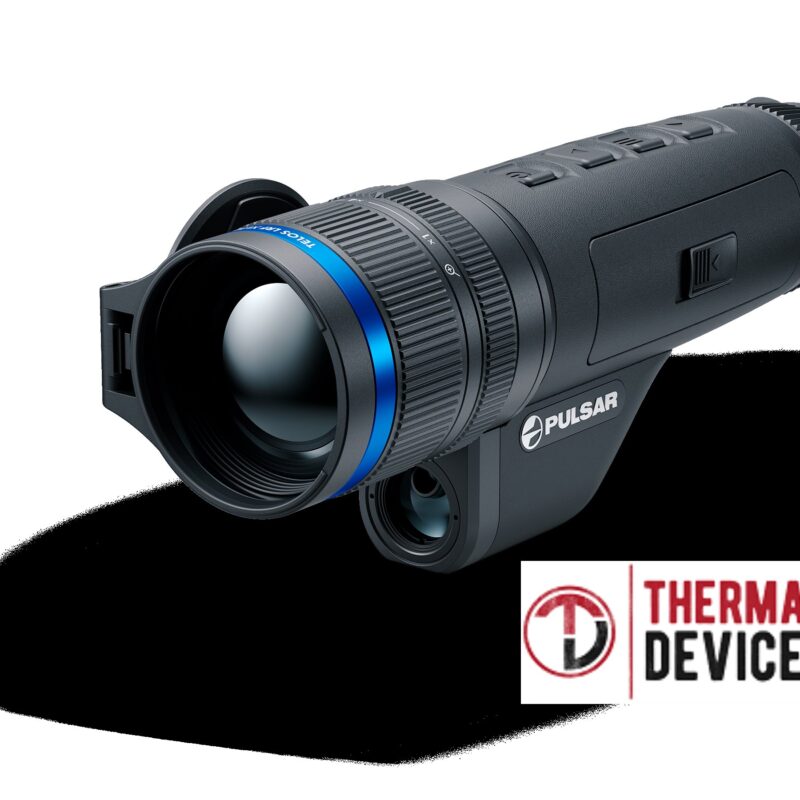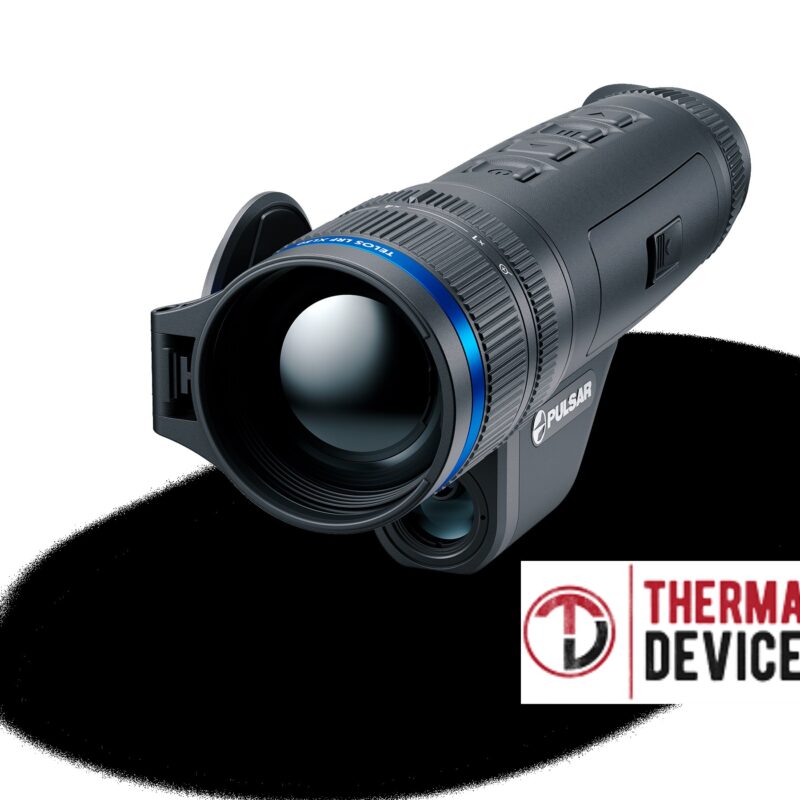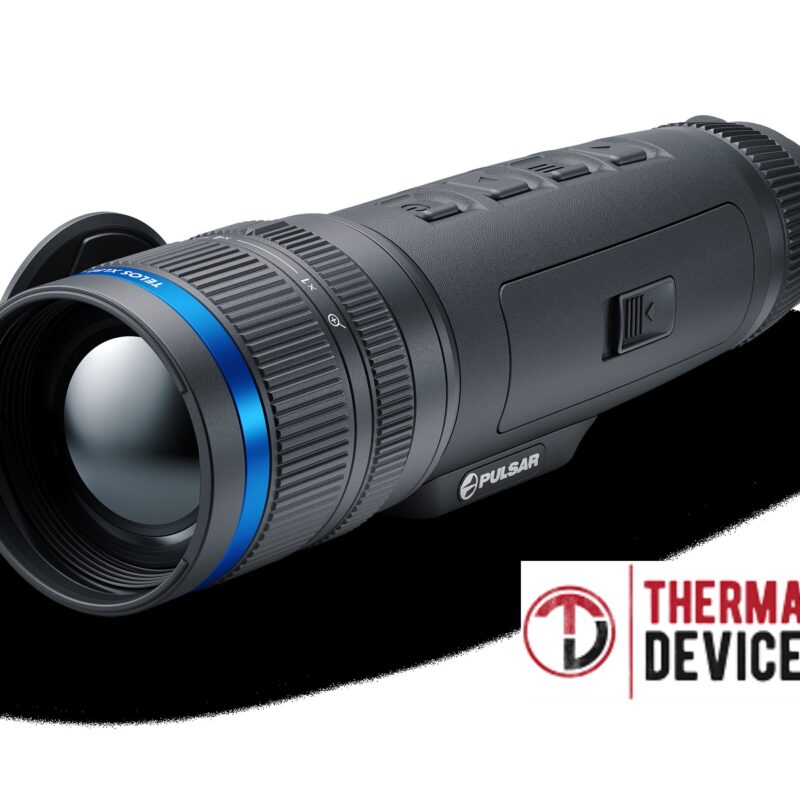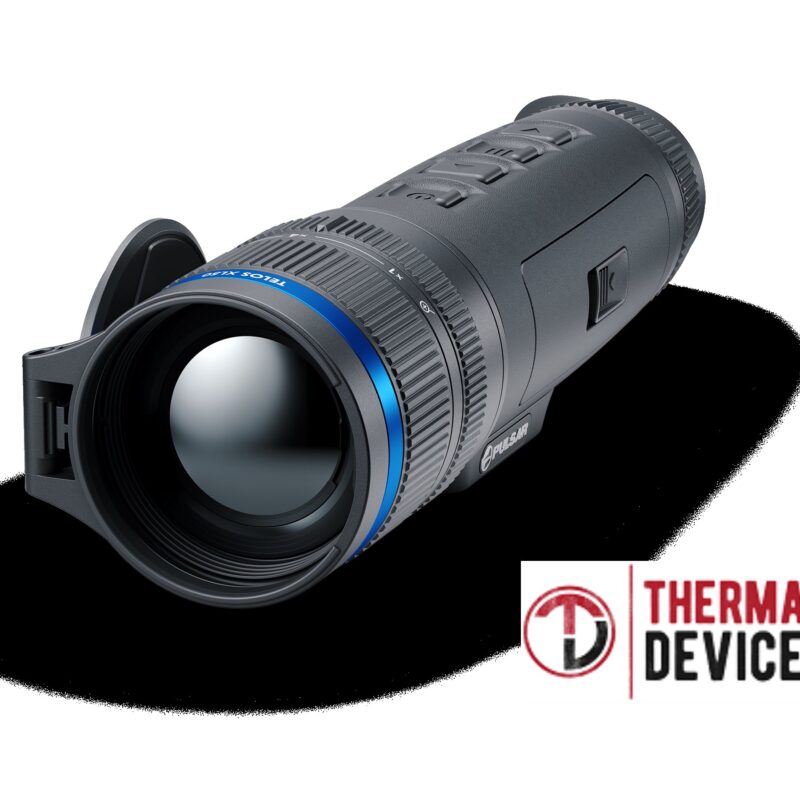You should be aware that the primary component of any digital camera, together with digital NV equipment, is responsible for capturing the light that passes through the lens to create a picture. The component in question is referred to as a sensor. A sensor is basically a physical object that collects light and converts it to a digital image that is displayed on the monitor at the other end. Digital equipment comes with a wide variety of sorts of integrated sensors.
CMOS sensor
CMOS sensors are the most widely utilized (Complementary Metal-Oxide-Semiconductor). With the aid of cutting-edge tech, CMOS is able to achieve extremely high levels of incorporation on microchips with highly effective and compact embedded electric circuits.
CCD sensor
Prior to CMOS sensors, charge-coupled device (CCD) sensors were made. In academic, clinical, and professional systems that require the finest image data, the most recent CCD image sensors are employed. CMOS sensors are typically employed in equipment that doesn’t require a high-quality picture, such as professional digital cameras and other similar products. Because CMOS employs a more recent and less expensive technology, digital night vision equipment with CMOS sensors are less expensive than gadgets with CCD sensors.
During the 50s of the previous century, cooled IR sensors were created for military purposes. This particular type of IR sensor has the drawback of requiring extra components to achieve operational temperatures from -70 to -150 °C, which increases the size and weight of the thermal imaging equipment. These additional cooling accessories are costly, need a lengthy cooling-down procedure, consume a lot of power and take between 10 and 20 minutes to produce the first image on a thermal imaging instrument. As they require a better performance technology that permits greater distances detection and do not require a gadget that provides you an instantaneous image, thermal imaging devices of that kind are primarly utilized in the military (mainly in military transport).
The creation of uncooled IR sensors, which typically use microbolometer-based sensors, began in the 1990s. Microbolometers composed of Vanadium Oxide (VOx) or Amorphous Silicon (ASi) are the two most prevalent varieties available today. The fact that uncooled IR sensors are less expensive than cooled IR sensors and don’t require additional cooling-down components makes these thermal imaging systems portable, lightweight, and power-efficient. Additionally, they offer an instantaneous image, which means that you may view your picture directly after turning on the device (no cooling-down processes). Uncooled IR sensors are less responsive, perform worse, and detect images more slowly than cooled IR sensors.
The two most common types of microbolometers used in thermal imaging systems nowadays are amorphous silicon (ASi) microbolometer (uncooled IR sensor) and vanadium oxide (VOx) microbolometers (uncooled IR sensors). Both are made to function the same way (their underlying technologies are analogous), but the key distinction is the type of material used to construct the sensor.







